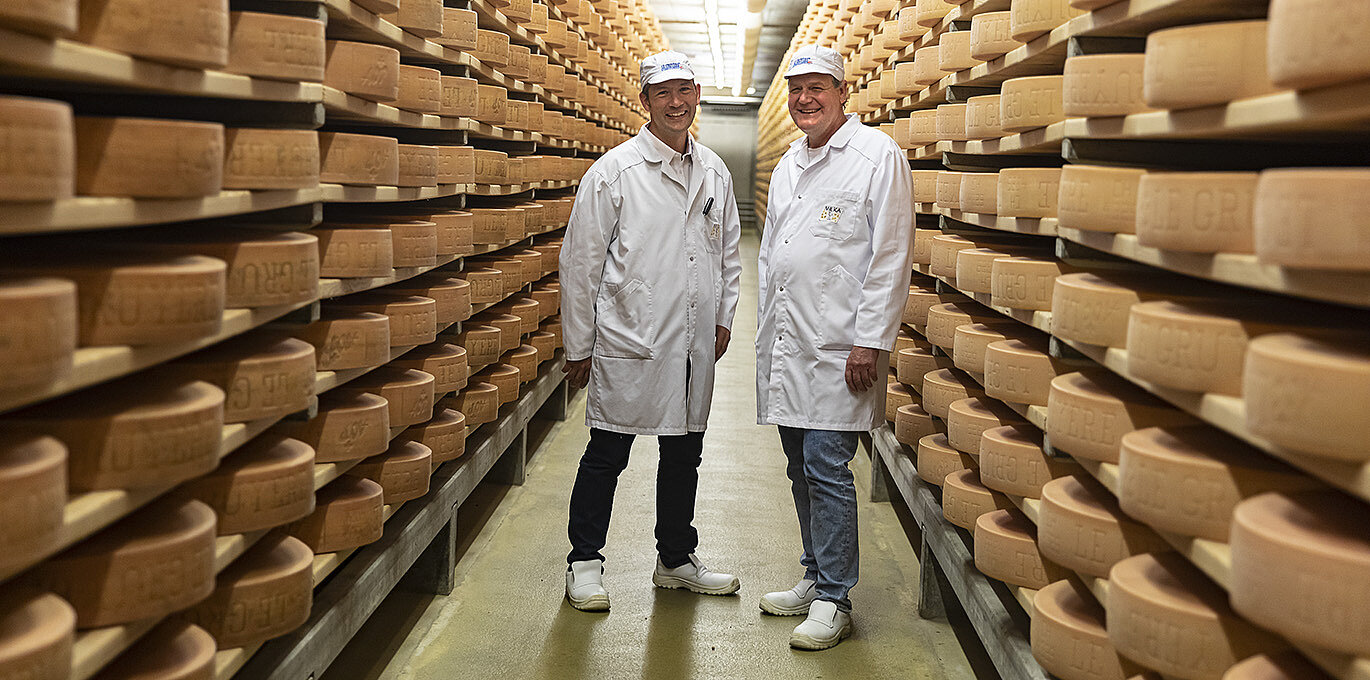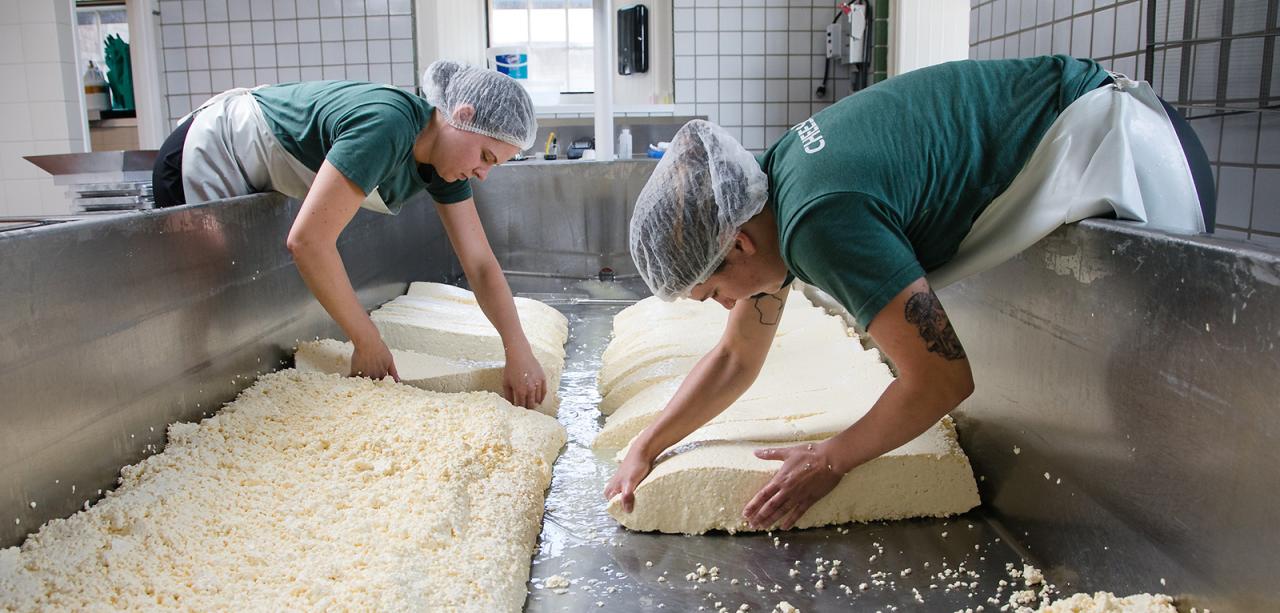Unlocking the Tricks of Artisanal Cheese Making: A Detailed Do It Yourself Guide
In the realm of cooking craftsmanship, artisanal cheese making stands as a testament to the delicate balance in between practice and innovation. As we embark on this journey to debunk the art of creating beautiful cheeses, we are faced with a tapestry of skills and secrets waiting to be unraveled.
Selecting the Right Milk
When getting started on the trip of artisanal cheese making, the choice of milk plays an essential role in figuring out the top quality and features of the last item. The type of milk picked influences the flavor, appearance, and generally account of the cheese.
Additionally, the source of the milk, whether from cows, goats, lamb, or buffalo, contributes distinctive flavors and characteristics to the cheese. Each kind of milk brings its own subtleties, allowing for a vast variety of cheese ranges to be crafted based on the picked milk.
Culturing and Coagulating
To start the cheese-making process, the vital steps of culturing and coagulating should be very carefully performed to transform milk into curds and whey. The kind of society used can significantly impact the taste, structure, and ripening of the last cheese item.

The timing and temperature level control throughout culturing and coagulation are important aspects that influence the last outcome of celebrity. Proper execution of these steps is necessary to guarantee the wanted structure, taste, and consistency of the artisanal cheese being generated.
Draining and Pushing Curds
After the milk proteins have actually coagulated and the curds have actually been cut to release whey, the following crucial step in artisanal cheese making includes draining pipes and pressing the curds to achieve the preferred appearance and consistency of the final cheese product. The time for draining pipes can differ depending on the kind of cheese being made and the desired wetness material.
Pressing helps expel any remaining whey and compacts the curds to form a solid cheese wheel. Correct draining and pushing are critical actions that dramatically affect the high quality and characteristics of the artisanal cheese being created.
Aging and Flavoring Methods
Implementing careful aging and flavoring strategies is crucial in enhancing the deepness and intricacy of artisanal cheeses, boosting their taste profiles to splendid degrees of refinement and sophistication. Aging plays a crucial duty in creating the one-of-a-kind tastes and appearances that identify artisanal cheeses.
Seasoning techniques additionally contribute substantially More Help to the final preference of artisanal cheeses. Cheesemakers may select to introduce added flavors by incorporating active ingredients such as natural herbs, spices, or even fruits right into celebrity during the manufacturing process. Additionally, some cheeses are washed or massaged with numerous fluids, such as salt water or alcohol, to improve their textures and flavors.
Wrapping and Storing Cheeses

Conclusion
In verdict, mastering the art of artisanal cheese making entails thoroughly selecting the ideal milk, adhering to precise culturing and coagulating procedures, draining pipes and pushing curds effectively, and using different aging and flavor techniques. Remember to wrap and keep your cheeses properly to ensure optimal flavor and texture development.
Each type of milk brings its own nuances, allowing for a broad variety of cheese ranges to be crafted based on the selected milk.After the milk proteins have actually coagulated and the curds have been cut to release whey, the next vital action in artisanal cheese making includes draining pipes and pressing the curds to accomplish the preferred structure and consistency of the final cheese product. Many cheeses ought to be wrapped in wax paper or cheese paper to enable them to breathe while securing them from drying out. For cheeses that require you could look here to proceed aging, such as bloomy peels or cleaned skins, ensure they are kept in an amazing atmosphere like a cheese cave or a fridge set to the suitable temperature. By paying interest to the wrapping and storage of artisanal cheeses, cheese makers and lovers can protect the stability of these delicacies and fully appreciate their intricate tastes.